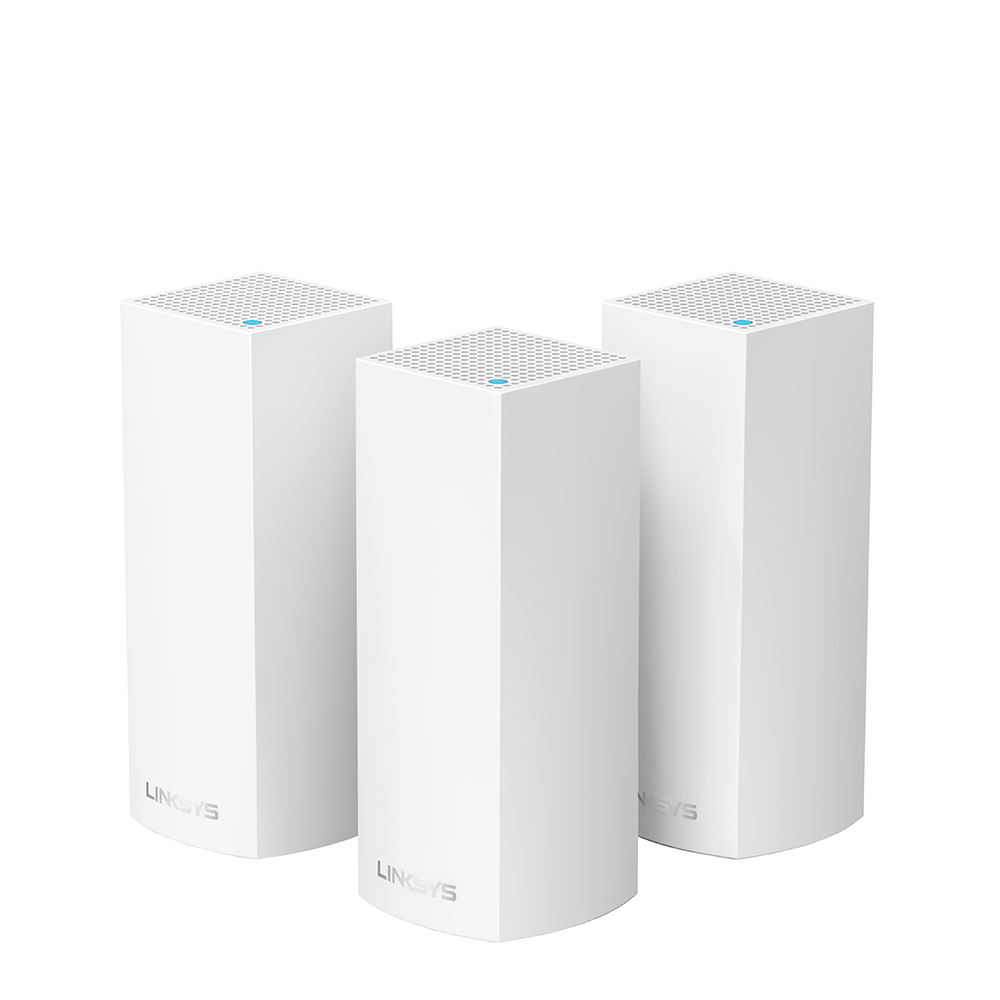Needing to install about 3 or 4 access points throughout our building at work, lots of square footage to cover. Ethernet/POE will be available at each location.
I'm aware of mesh routers that handoff automatically to the AP with the best signal and this is sort of the setup we would like. So if someone is walking through the shop and signal is weak on the current AP, ideally it should connect to the strongest signal automatically. And for ease of use, having same SSID for each.
I'm looking at the Ubiquity U6-LR and U6-Pro line of APs. If I buy multiples of these (or another similar brand), would it work the way I am imagining? If not, can anyone suggest a solution? Thanks in advance.
I'm aware of mesh routers that handoff automatically to the AP with the best signal and this is sort of the setup we would like. So if someone is walking through the shop and signal is weak on the current AP, ideally it should connect to the strongest signal automatically. And for ease of use, having same SSID for each.
I'm looking at the Ubiquity U6-LR and U6-Pro line of APs. If I buy multiples of these (or another similar brand), would it work the way I am imagining? If not, can anyone suggest a solution? Thanks in advance.

